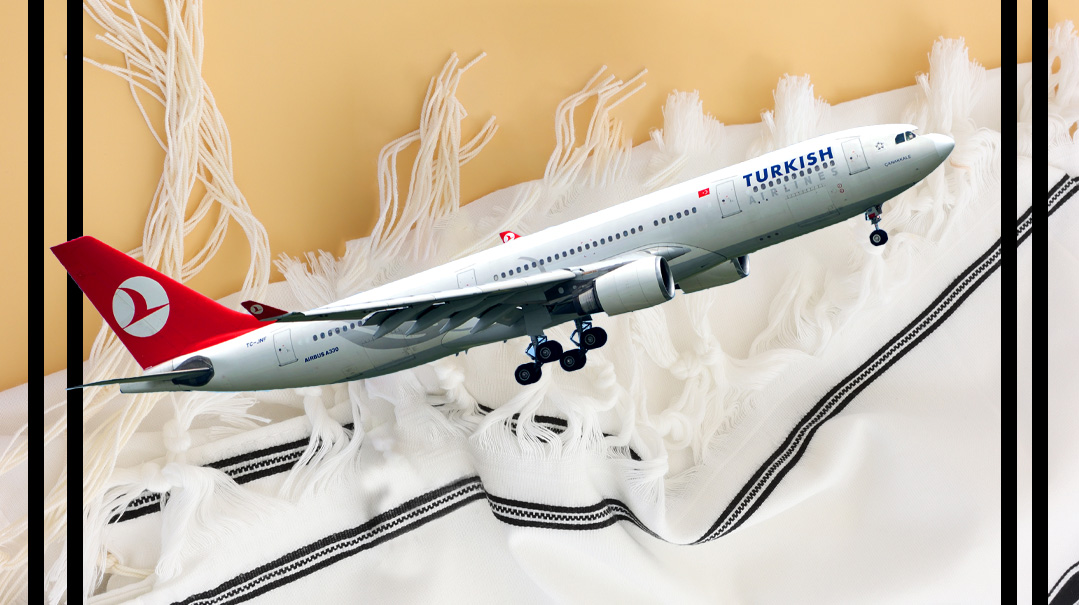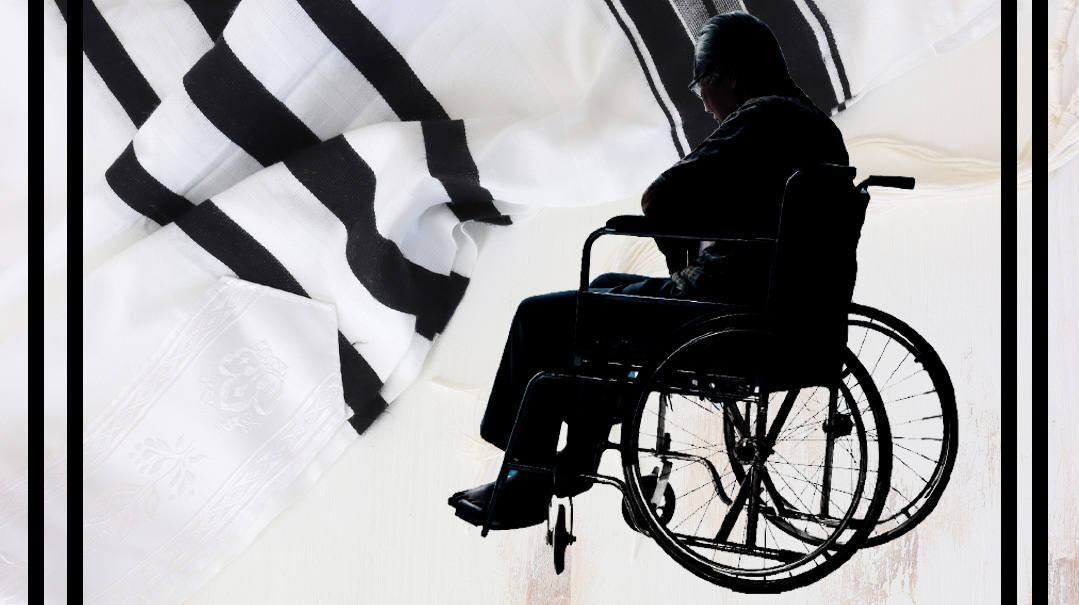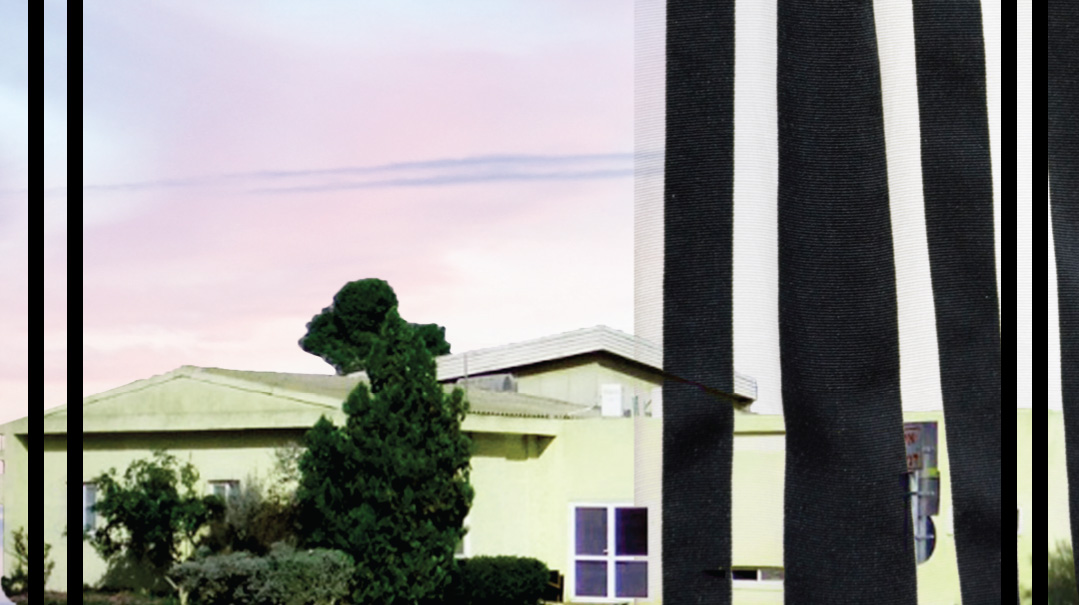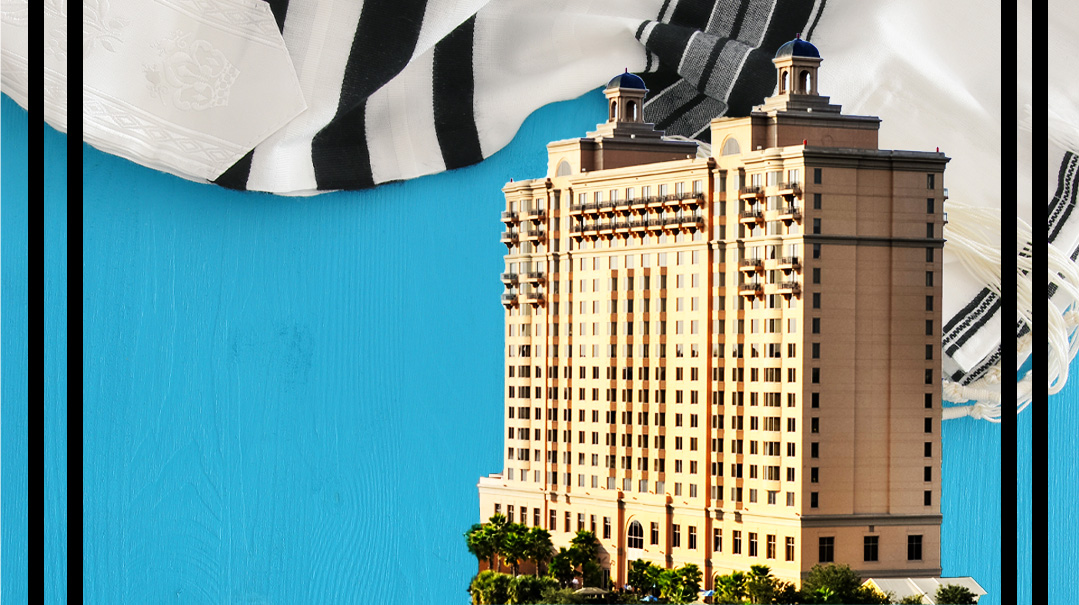Bolivia: Yom Kippur 5770

Even as we headed into the jungle, we made sure to eat well on Erev Yom Kippur so we could fast easily
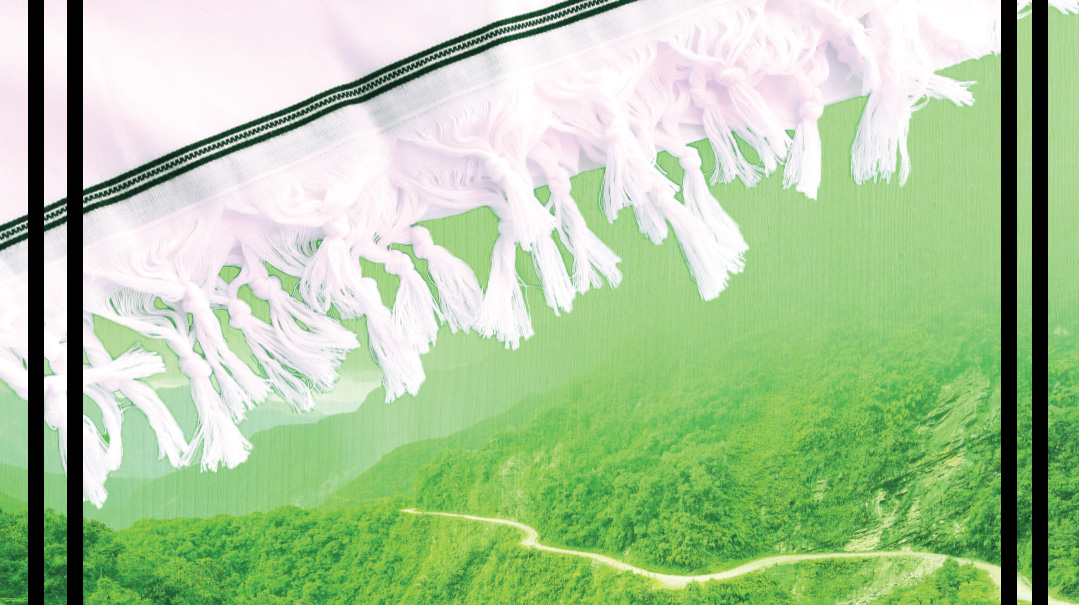
As told to Sarah Pardes by Talia Sharon
T
he heat is what I remember most. It was a sticky, blistering heat; I was fasting under the open sky in the Bolivian jungle on the holiest day of the year.
How did I end up in South America on Yom Kippur? At the age of 21, I followed the trajectory of most of my secular Israeli peers and set out to travel the world with a few friends. We chose to visit Bolivia because of its vast stretches of uninhabited forest, rolling mountains, and beautiful scenery. We wanted to set foot where few had ever been.
We knew enough about Judaism to understand that the High Holidays were coming, but we didn’t let that interfere with our plans. We simply worked around it. We were in a city on Rosh Hashanah, so we found a local Chabad House and spent the holiday there. Then we journeyed on, this time into the Bolivian jungle.
Although my friends and I were secular, we all came from traditional families where Yom Kippur was sacred. My parents fasted, my older brothers fasted, and when I reached the age of bas mitzvah, I began to fast, too. On Yom Kippur, I’d sometimes go to shul with my mother. But I wouldn’t always enter the building. I’d stand outside, listen to the voices coming through the windows for a few minutes, and then go home. The machzor seemed esoteric, inaccessible to a girl who had never received a proper grounding in Judaism.
Since fasting felt sacrosanct to me and my friends, we prepared in advance: Even as we headed into the jungle, we made sure to eat well on Erev Yom Kippur so we could fast easily. I remember thinking, What difference does it make where I fast? The point is that I’m fasting.
Well, I quickly learned that there’s no comparing a fast in shul or at home with a fast under the open sky in humid 104°F weather.
We were camped in a relatively remote area of the Bolivian jungle, surrounded by dense trees, birds, and wildlife, who mostly kept out of sight due to the heat. Wary of getting dehydrated, we found a spot under the trees. We tried not to move, to be as still as possible. But even in the shade, the tropical heat was unbearable. I didn’t think I could survive my burning thirst without either breaking the fast or fainting from dehydration.
Minute after minute crawled by, but still I fasted. Though I couldn’t move or drink, I could sit quietly and think. I had lots of time to do that. And in those quiet moments, I realized that I knew nothing about my Jewishness, about the meaning of this Yom Kippur that I was sacrificing so much to observe.
Another thought occurred to me: Despite my ignorance about Judaism and my friends’ ignorance, we were all determined to fast the entire day, regardless of how much we were suffering. Who else, other than Jews, would be willing to do so much for their faith?
On that unforgettable occasion, my brain barely functioning due to the terrible heat, I realized for the first time that we Jews are different; we aren’t just another nation. This Jewish pride, which infuses every Israeli abroad on some level, went from being just another national characteristic to a burning question that demanded an answer.
I shared my thoughts with my friends, though I was afraid of how they might react. To my surprise, they all admitted that they’d been thinking the exact same thing. “Apparently our connection to religion is much stronger than we realized,” someone said, and we all agreed.
“Should we try davening?” I asked. The girls nodded enthusiastically, but it soon became clear that we had no way to do this. We didn’t have a single weekday siddur, let alone a machzor. We had never participated in davening at shul either, so we didn’t even have a half-remembered niggun to conjure up.
The subject dropped. We spent the next few hours of heat and thirst in silence or in random chatter.
Finally, the fast ended. I was utterly exhausted and almost dangerously dehydrated, but only when the sky was completely dark did I permit myself to break the fast.
Physically, it took me hours to regain my strength. But spiritually, that was my finest hour. A seed had been planted in my heart, and a burning question in my mind: What makes us Jews different?
Soon after I returned home, I started trying to find my place as a Jew. When you truly search, you’ll always find: Very slowly, I began a journey toward the Torah Judaism whose acquaintance I had made that unforgettable, sweltering Yom Kippur afternoon.
I spent the next Yom Kippur in a very different place — the neighborhood shul, which by that time had become a familiar friend. For the first time in my life, I knew the meaning of the day and the special gift it contains. I heard the tefillos and niggunim and felt like someone who has found a well of living water after years of wandering parched in the desert.
Since then, I’ve experienced a few Yom Kippurs, each one more elevated and meaningful than the last. But I’ll never forget that blistering Yom Kippur of 5770 in the jungles of Bolivia, in which I discovered the longing of my soul.
(Originally featured in Mishpacha, Issue 812)
Oops! We could not locate your form.

